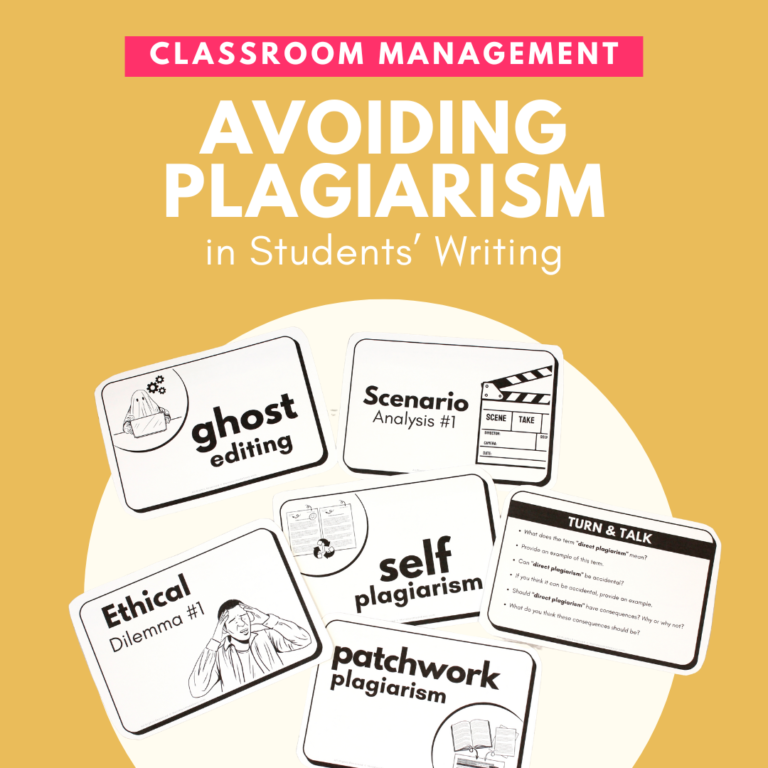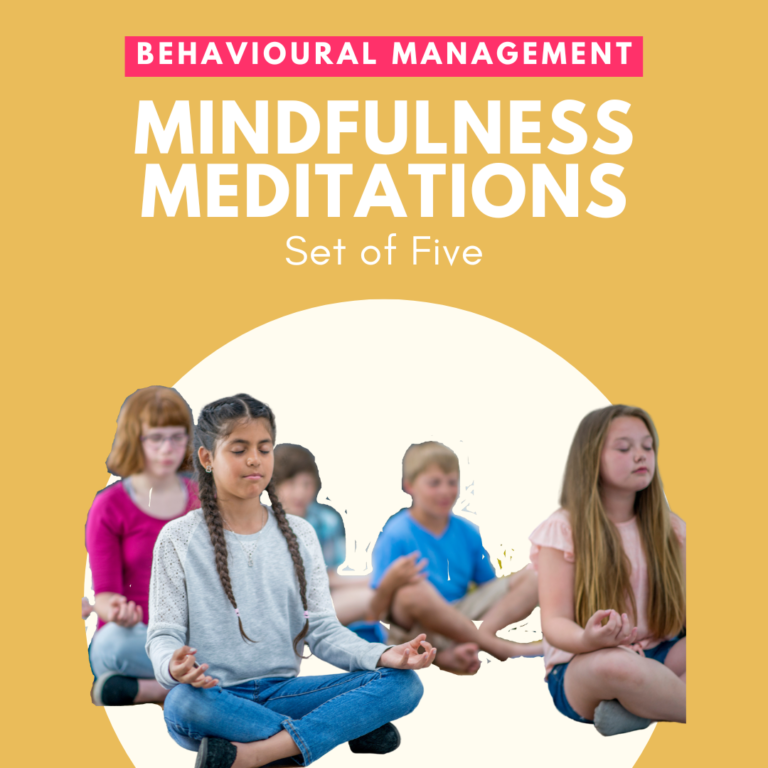Establishing the ideal learning atmosphere goes beyond the choice of textbooks and exams. As educators, we’re tasked with both comprehending and resonating with our students. We also understand the outcome of effective classroom management on student learning – and I’m sure everyone has experienced their fair share of disruptive learning environments, too! In this article, we’ll explore the secrets to establishing behaviour management in the classroom.
Whether you’re a teaching veteran or new to the classroom, behaviour management can be a challenge. If you’re hoping to revamp or refine your classroom’s behavioural management systems, this blog will offer you strategies to foster an academic setting where every student thrives.
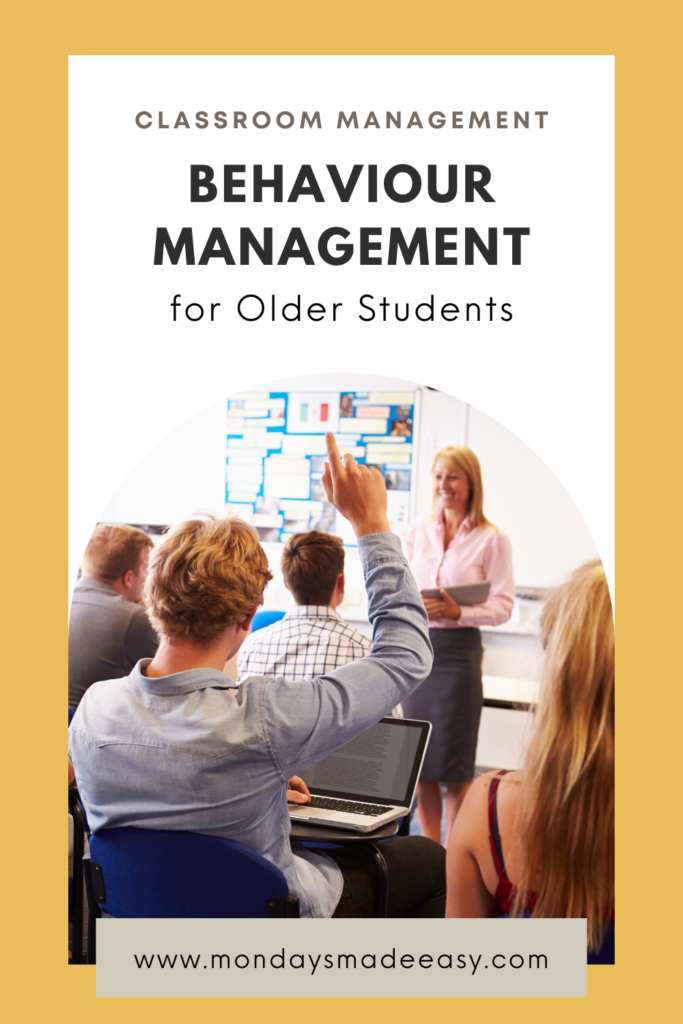
What is behaviour management in the classroom?
At its core, classroom behaviour management is our toolkit for nurturing positive student behaviours to support student learning. It’s less about curbing disruptions and more about establishing systems that prevent the disruptions in the first place. It’s also about cultivating a space where each student feels validated and inspired.
Our ultimate goal? To build a supportive and inclusive foundation where learning comes to life.
The key lies in proactive measures. This includes:
- setting up consistent routines
- establishing clear expectations
- deepening connections with students
- employing positive communication techniques
- actively engaging with parents
- and prioritizing student wellness
Why is behaviour management important?
Behaviour management is important because it helps make the classroom a suitable and enjoyable place to learn. When behaviours are managed, it’s easier for everyone to learn. Learning how to manage behaviour also helps students practice self-control, solve problems, and work collaboratively.
Additionally, effective behaviour management fosters an environment where respect and understanding are valued. It encourages students to take responsibility for their actions and to understand the impact of their behaviour on others. By setting clear expectations and providing consistent guidance, teachers can help students develop the social and emotional skills needed for success both inside and outside the classroom.
Furthermore, a well-managed classroom allows teachers to focus more on teaching and less on disciplining, leading to a more productive and fulfilling educational experience for all.
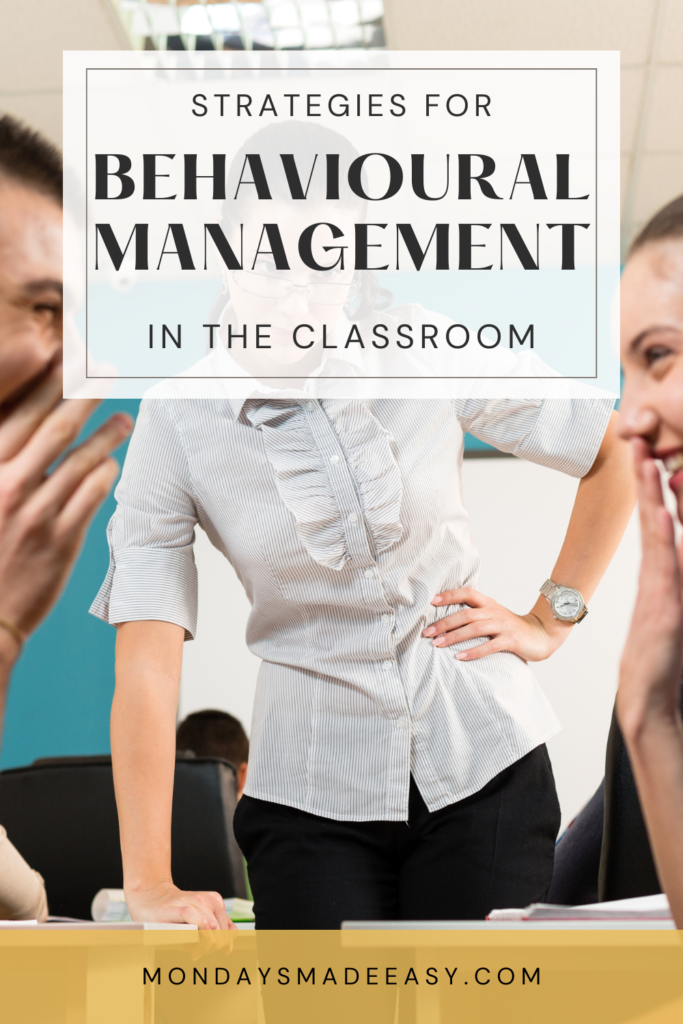
Behaviour Management Strategies for Older Students
1. Creating and Maintaining a Classroom Routine
Maintaining a well-structured routine helps students navigate the day smoothly. Whether starting with a morning activity, transitioning between subjects, or winding down the day, consistency is essential.
A structured routine not only helps students feel secure but also sets clear expectations for behaviour and engagement throughout the day. Regular routines can also foster a sense of belonging and community within the classroom, as students know what to expect and can support each other in following the established patterns.
To enhance your classroom experience, you can implement strategies like using digital agenda slides to lead each class, incorporating brain breaks to energize students, and using exit tickets to consolidate learning.
2. Co-Creating Classroom Rules
Classroom rules provide guidance for expected behaviour. When students participate to create these rules, it can contribute to responsible behaviour and a positive classroom atmosphere. This will not only assess their understanding of expected behaviour; it also empowers students to be actively involved in the educational process.
The value of this strategy is the promotion of a sense of responsibility and ownership in classroom procedures, like maintaining academic integrity.
For older students, one way to co-create rules is to establish a classroom plagiarism policy using student input. Students can discuss their opinions about plagiarism and collaborate on consequences for academic dishonesty. This strategy is an effective way to curb plagiarism because it utilizes peer-based learning. When students have the opportunity to hear their classmates’ opinions about plagiarism, it helps enforce academic honesty from a moral perspective.
3. Communicating with Parents and Guardians
Talking to parents and guardians involves sharing important information about your students. This can include how they respond to your lessons, how they behave, and observations about student wellness. But most importantly, communicating with parents serves as a behaviour management strategy.
Communicating with parents can help you forge a strong team with families and set a solid foundation for managing students.
You can talk to parents during meetings, send them emails, or make phone calls. You can even send newsletters to inform them of what is happening in class. Communication is also a way to address concerns, answer questions, and work together to help students.
At the beginning of the year (or as soon as possible!), I recommend a parent contact form to learn about your students. This provides the foundation for a cooperative relationship between parents and teachers.
You can also use a student data tracking sheet to keep track of daily behaviour or any important anecdotal notes that you want to remember.

4. Building a Connection with Your Students
To connect with your students, create a friendly and safe environment where they feel seen. Be inviting when you talk, listen closely, and share stories that they can relate to. When you encourage them and celebrate their successes, you become closer.
Don’t feel as though taking time for enjoyment is a threat to your curriculum timelines. It pays to spend some time fostering classroom community! When students feel like you are in their corner, they will be in yours as well.
Most importantly, stay open, help them, and find ways to connect lessons to the interests that they share with you. This type of connection will support behaviour management in your classroom.
5. Practicing Mindfulness and Meditation
Adding short meditations to daily class routines can help students build resiliency and manage stress. This helps to strengthen their emotional well-being.
The Institute for Psychological Research determined that meditation increases divergent thinking. This promotes creativity and abstract thinking. Additionally, focused attention meditation has been proven to stimulate the prefrontal cortex, which is responsible for emotional regulation and problem-solving skills.
Practicing mindfulness before your classroom lessons or during transition periods can be a proactive behavioural management strategy. These guided meditation scripts and recordings were specifically designed for classroom use. You can read more about the benefits of meditation in the classroom here.
6. Encouraging Positive Language
Positive dialogue involves speaking kindly, listening actively, and being helpful to classmates and school staff. Teach students how to use positive words, solve problems without arguing, and offer compliments. Encouraging expression and discouraging unfriendly dialogue supports a positive classroom environment. By modelling positive dialogue, older students can learn to communicate and support behaviour management in your classroom.
7. Making Learning Fun
Not every lesson needs to be engaging – we would barely stay above water if that were the case! But if you are noticing unfavourable behaviours are seeping through your classroom routines, it might be time to invite some fun back into the classroom.
“Fun” doesn’t need to be unproductive. For example, students tend to genuinely enjoy taking learning into their own hands. You can also try to incorporate student interests like music, movies, and technology trends into your lessons.
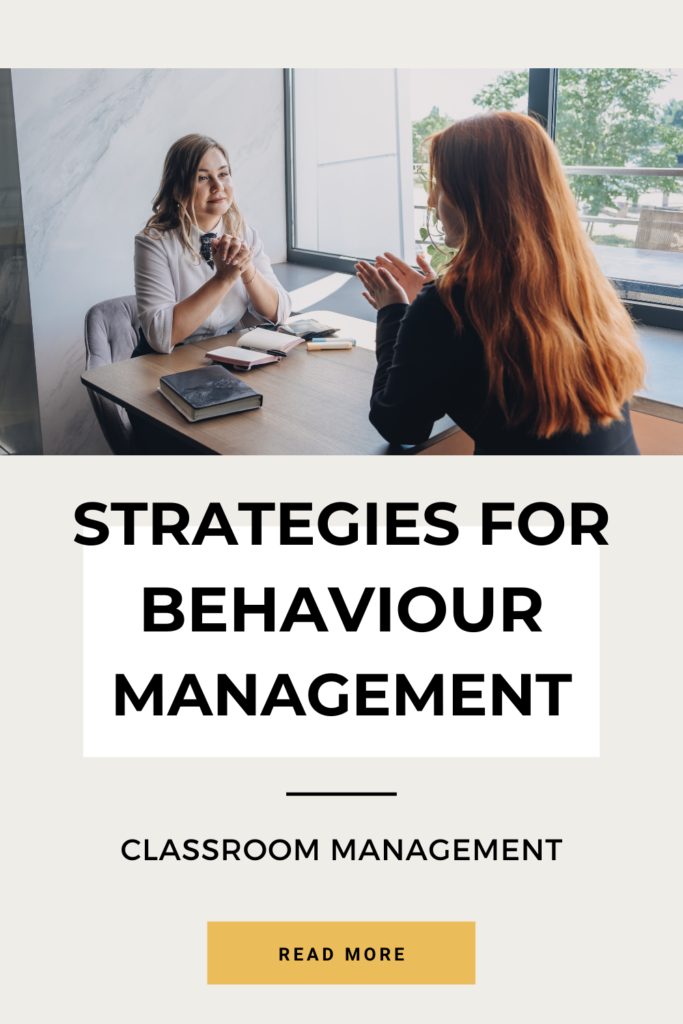
Tying it All Together: Classroom Behaviour Management Strategies
Behaviour management for older students is a bit like assembling a puzzle. Each piece – from a consistent routine to effective parent communication – plays a crucial role. Together, these elements create a solid base that supports and encourages students to reach their full potential.
Interested in learning more about behaviour management? Take a look at the behaviour management section on the Mondays Made Easy blog.


